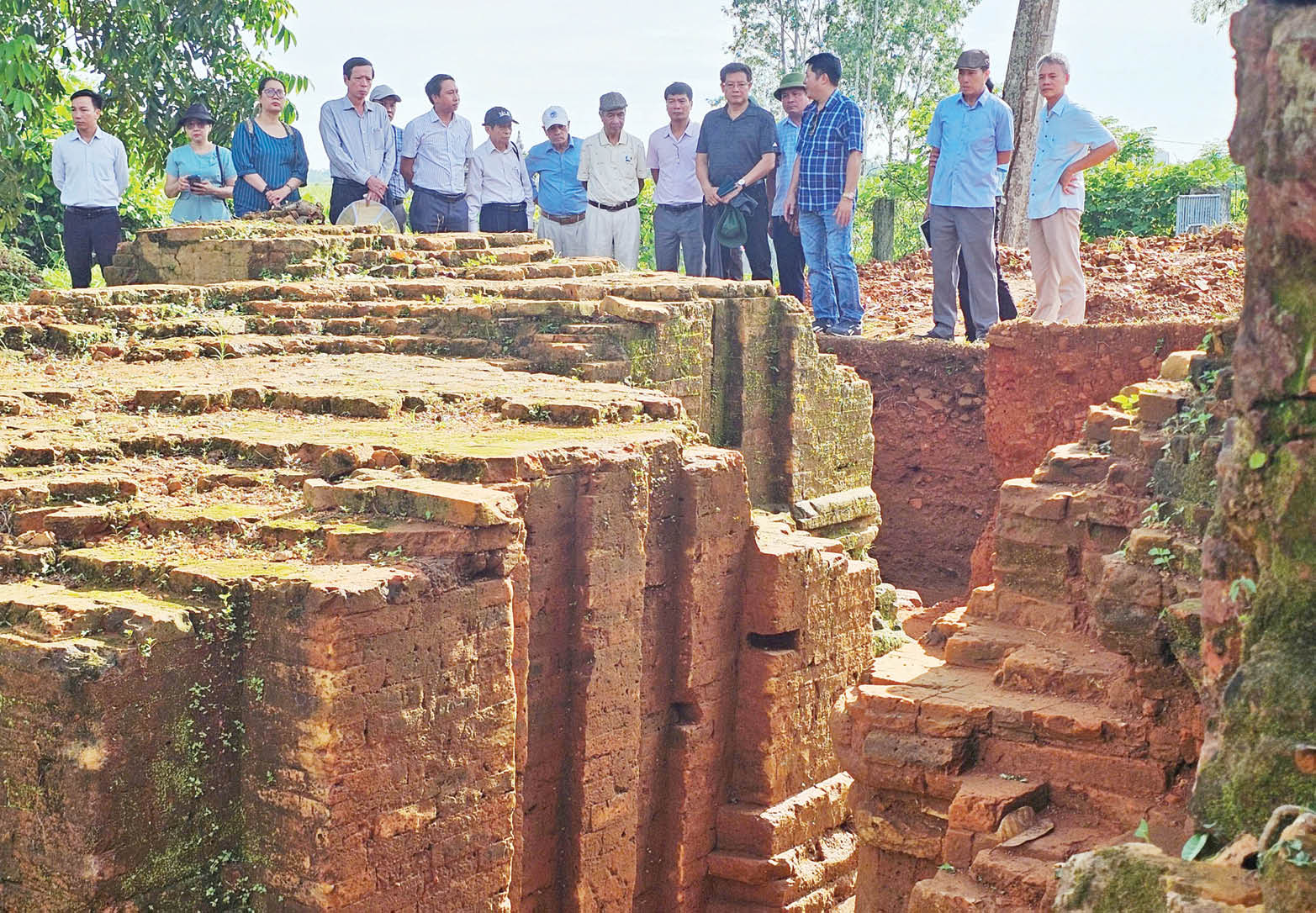 |
| A group of experts and researchers surveyed the Lieu Coc Twin Towers relic. |
The expansion of the excavation of the Lieu Coc Twin Towers relic is agreed by experts and researchers. The information below the ground of those old brick layers is an important basis to determine the original structure, nature, characteristics and age of the relic.
More information about the North and South towers
After more than 5 weeks of hard work excavating under the hot sun and unseasonal downpours of Hue , the journey to find underground history at the Lieu Coc Twin Towers phase 2 has come to an end. Mr. Nguyen Ngoc Chat, an officer of the National History Museum - the person in charge of excavating the relic, and his colleagues breathed a sigh of relief because they had never faced such harsh weather.
In return, a lot of information was found by the excavation team. In this second phase of the excavation, experts opened 2 excavation pits with an area of 60m2. Of which, 1 pit in the east of the North Tower to clarify the lobby, the entrance to the North Tower and 1 pit in the north and east of the South Tower to clarify the scale, structure and entrance to the South Tower. Along with that, 2 exploration pits with an area of 6m2 were also opened in the north of the North Tower and the south of the South Tower.
The excavation results show that, like the North Tower, the ground surface of the South Tower has also been severely disturbed, many modern relics such as bricks, tiles, incense bowls, lime pots, lamps... due to the farming and worshiping process of the people gathered around the tower, the vegetation has eroded, forming a high mound in the middle, gradually lowering on the north and west sides of the tower. After clearing and opening the excavation pit, with a depth of 97cm - 298cm, the stratigraphic structure of the relic has been revealed, through which it can be divided into 4 layers and the soil is alluvial yellow clay.
According to Mr. Chat, through the geological evolution, it was once again determined that the Lieu Coc Twin Towers were built on an alluvial mound of the Bo River, 3.7 - 4m above sea level. Before constructing the tower, the ancients poured an additional amount of alluvial soil to create a flat surface, then compacted it with a layer of laterite soil and brick powder 5 - 12cm thick to reinforce the tower's foundation. And also from the geological stratigraphy, it can be seen that the foundation between the North and South towers has no difference, almost both structures were built at the same time, the difference in time is not significant.
Need to continue expanding excavation
The excavation process has collected 9,380 specimens and pieces of artifacts, mainly focusing on types of architectural materials, architectural decorations, stele pieces, glazed ceramics, porcelain, earthenware and bronze metal pieces. Notably, there are stele pieces made from yellow-gray and blue-gray sandstone with smooth polished surfaces, with Sanskrit characters engraved on them; based on the color characteristics and grain structure of the stone material, it is possible to determine that at Lieu Coc there are at least 2 stele pieces or 1 stele and 1 stone structure with inscriptions, dating from around the beginning of the 10th century. In addition, there are some stone pieces that are likely broken from the Yoni pedestal; 2 lime pots from the 17th - 18th centuries; Vietnamese enameled ceramics (dating from the 14th - 19th centuries), Chinese porcelain (10th - 19th centuries)... From 2 excavations, it can be confirmed that Lieu Coc Twin Towers is the only known relic in Vietnam in particular and the world in general that has 2 main worshiping towers (usually there is 1 tower or 3 main worshiping towers).
The excavation team also said that, in the second excavation, the stratigraphic structure showed that the South and North towers had almost no difference in height, but the South tower was built on a larger scale than the North tower (about 0.4m) and shifted eastward compared to the North tower by about 0.2m. In addition, when comparing the wall decorations of the North and South towers, there was also a clear difference in the decorative artifacts of columns, wall pillars and fake door pillars with the grooves in the South tower being more elaborate and perfect than the North tower. Therefore, it can be determined that the two towers were not built at the same time, with a difference of about 10 - 20 years, in which the North tower was built early - late 9th century; the South tower was built later, around the late 9th century - early 10th century, corresponding to the dating of the style of the letters on the stele.
Although there have been many new discoveries, according to the archaeological team, the area in the two excavations has only stopped at 150m2, more than 6% of the planned area of the relic site (2,428m2). Therefore, many issues remain unanswered, unable to fully identify the history, layout, space and nature of the relic. "To have the most complete and comprehensive overall plan of Lieu Coc temple, we propose to expand the excavation area," Mr. Chat suggested.
Meanwhile, experts and researchers after the actual survey of Lieu Coc Twin Towers said that it is necessary to soon carry out research and build a project to build a roof for the two main towers; research and preserve the structure of the brick tower, create a landscape of the relic... In addition, the majority agreed to the recommendation to continue excavating this relic.
According to Mr. Phan Thanh Hai, Director of the Department of Culture and Sports of Hue City, the archaeological area of both phases accounts for a small part of the total area of the Lieu Coc Twin Towers relic. Therefore, opinions will be sought to continue expanding the excavation, thereby clarifying the doubtful information. At the same time, a plan will be developed to preserve and promote the value of the relic.
Source: https://huengaynay.vn/van-hoa-nghe-thuat/them-nhung-bi-an-duoi-long-dat-155650.html



![[Photo] Prime Minister Pham Minh Chinh receives President of Cuba's Latin American News Agency](/_next/image?url=https%3A%2F%2Fvphoto.vietnam.vn%2Fthumb%2F1200x675%2Fvietnam%2Fresource%2FIMAGE%2F2025%2F12%2F01%2F1764569497815_dsc-2890-jpg.webp&w=3840&q=75)



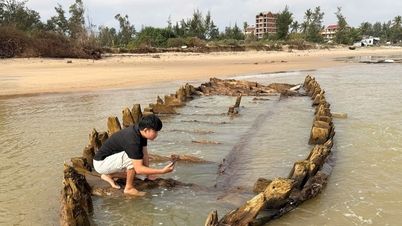

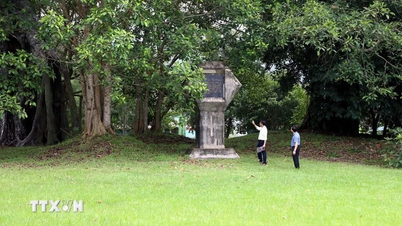

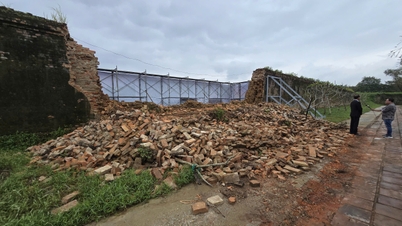
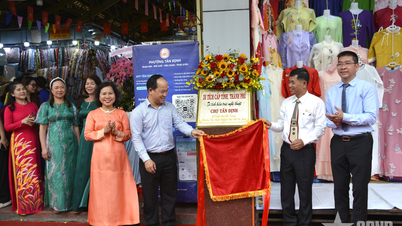

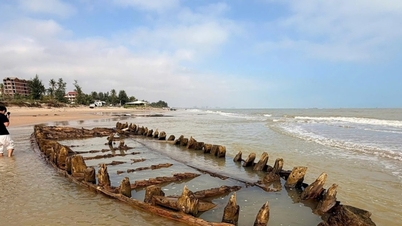



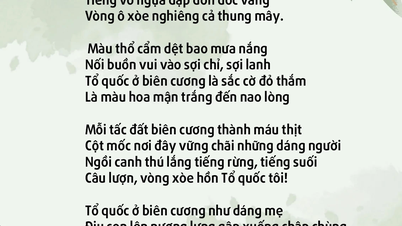

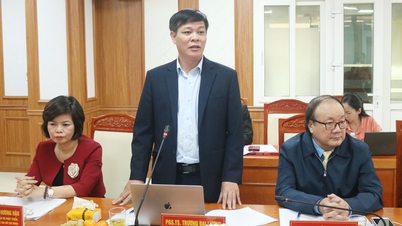

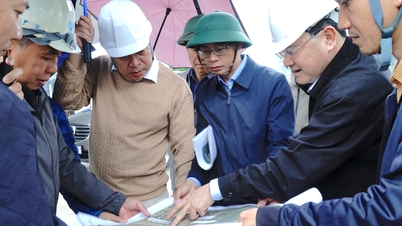
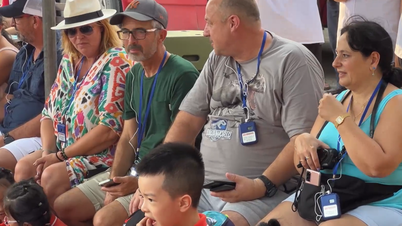



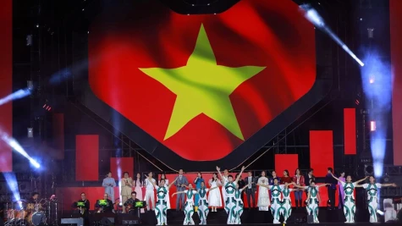





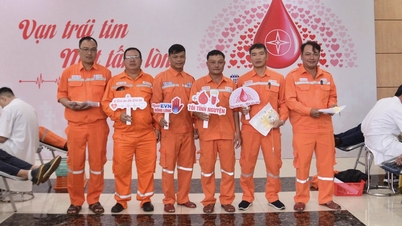
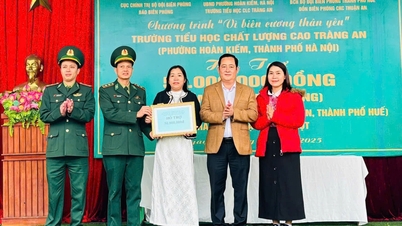
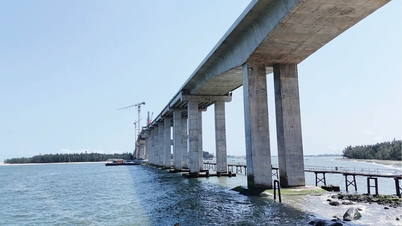

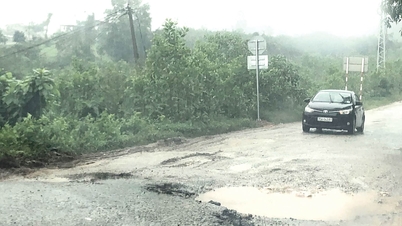




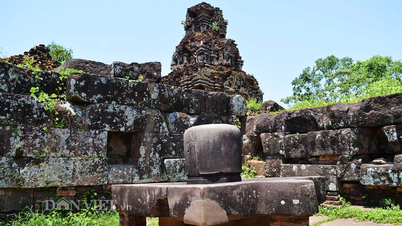



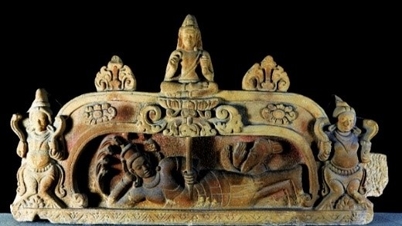
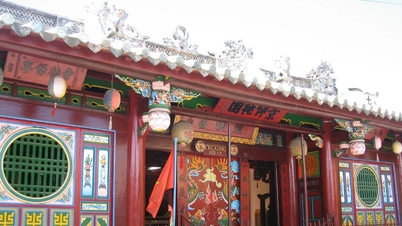
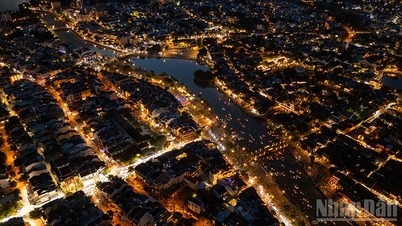

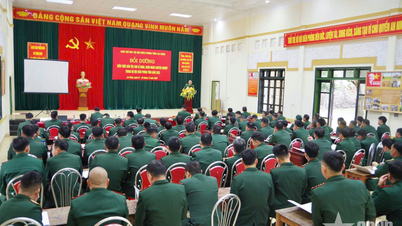


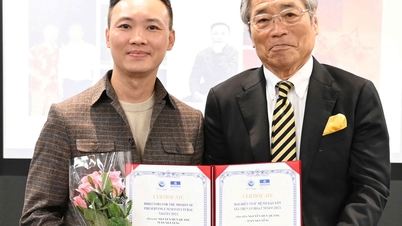










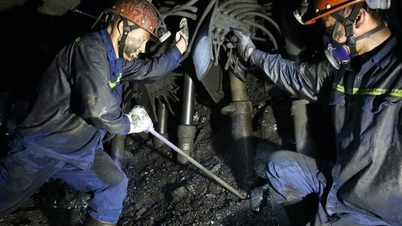






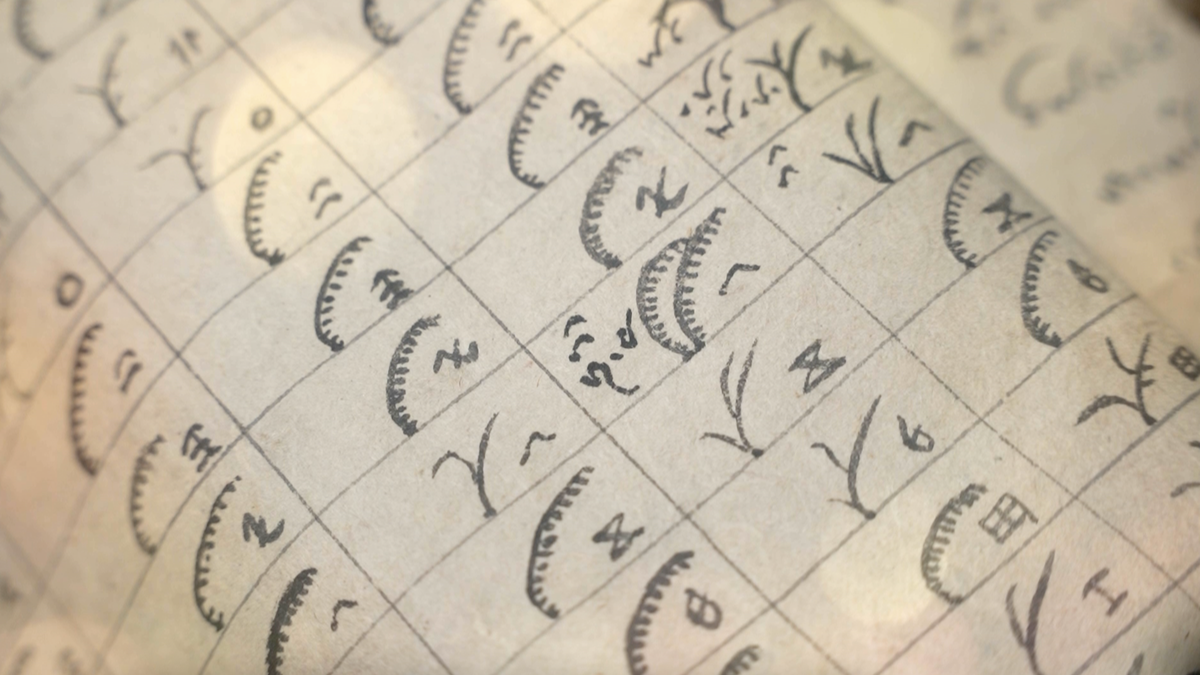





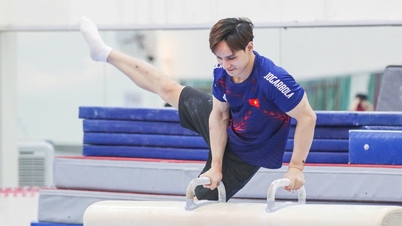

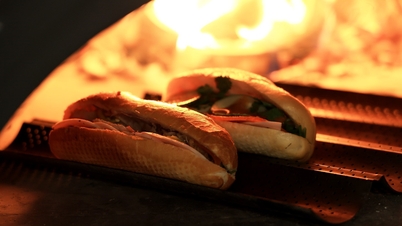
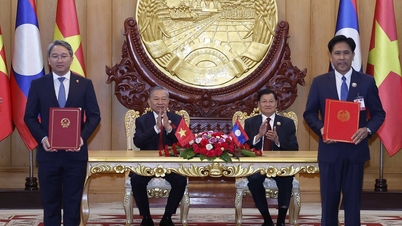

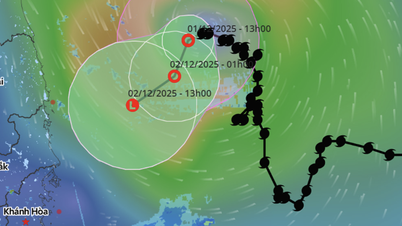
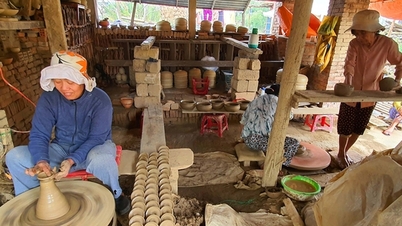


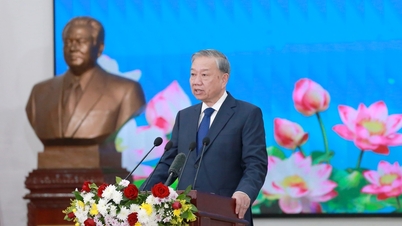

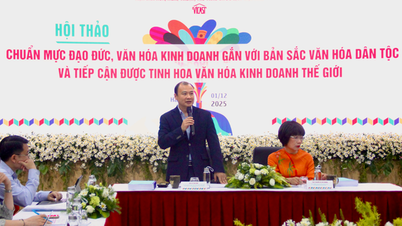



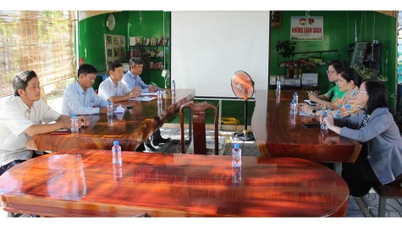















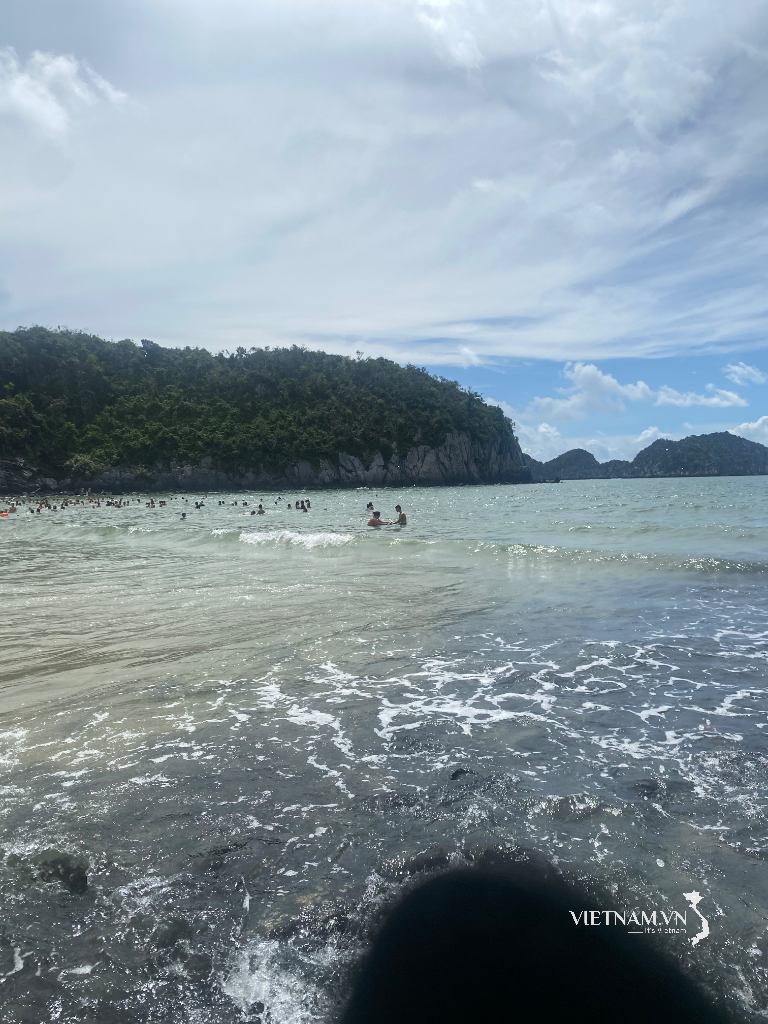

Comment (0)